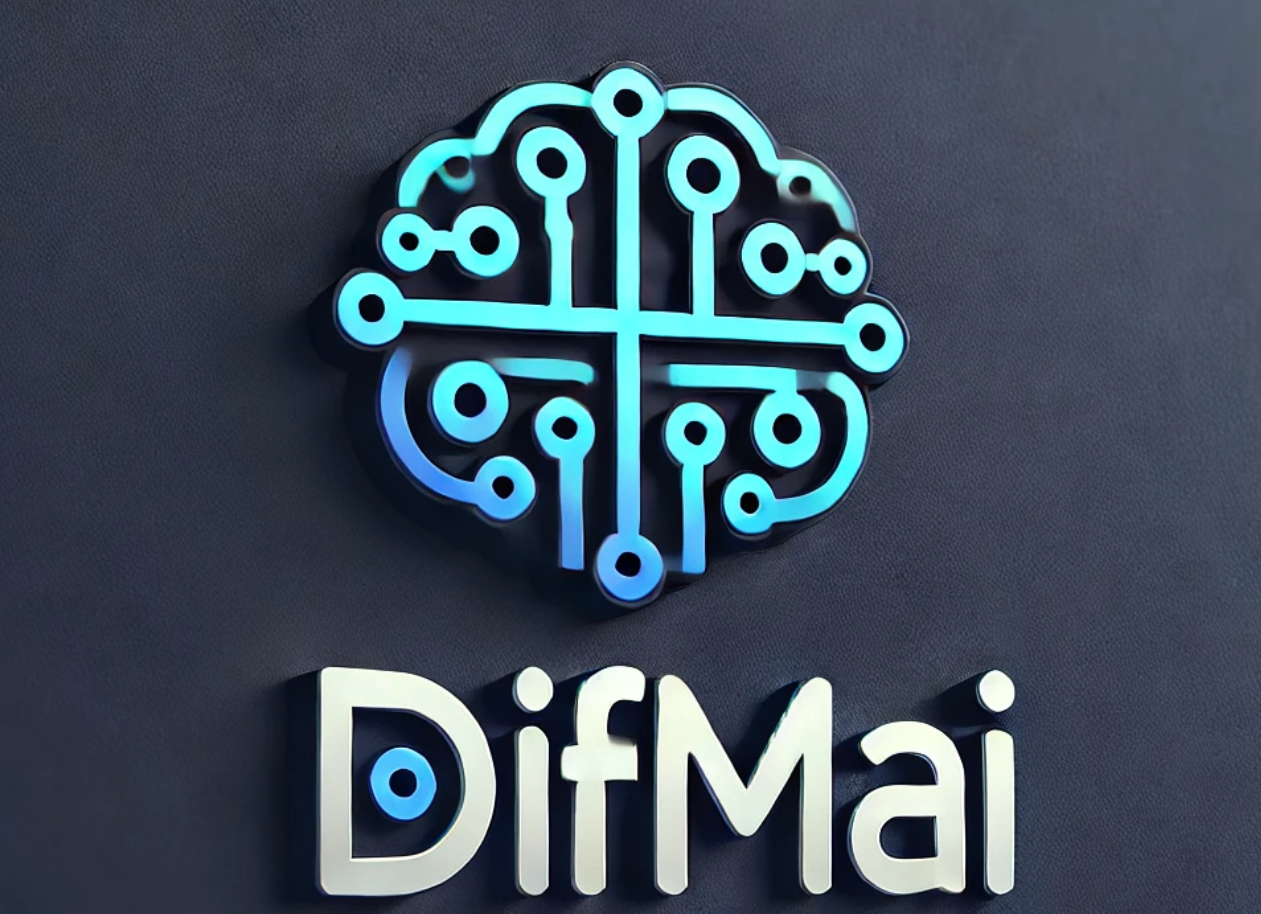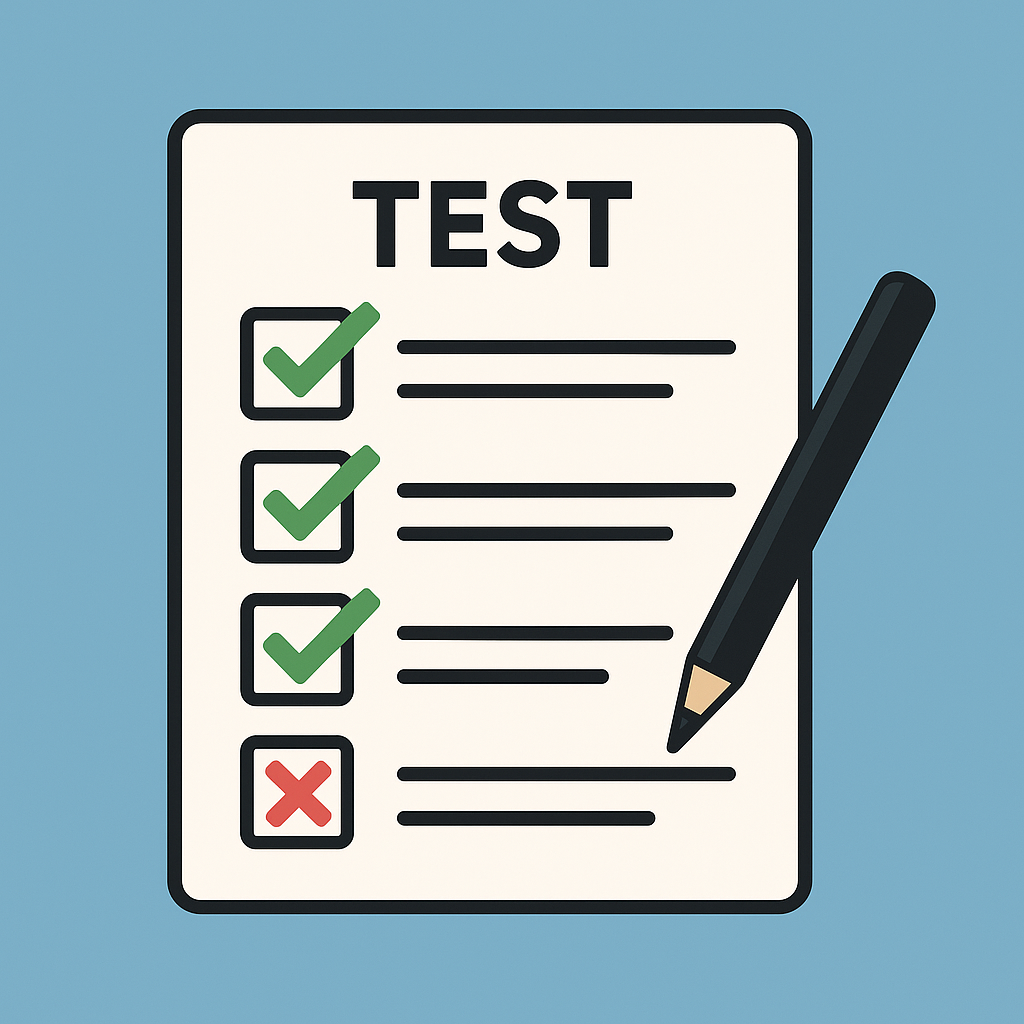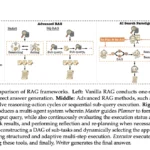TL;DR:
Agentic AI is making big promises, but without proper testing, even the most powerful agents can fail. Companies like Rocket Mortgage and Cognigy show that evaluation infrastructure must come first to build trust, reliability, and results.
Agentic AI That Actually Works
Many companies are rushing to deploy agentic AI for automation and customer service. But the real success stories all have something in common — they focus on evaluation early.
Take Rocket Companies, for example. In just two days, they built an agent that now saves them $1 million annually and frees up over one million hours of employee time. Their conversational AI systems have tripled conversion rates on their website. These are real-world results, not just hype.
But behind the scenes, this success rests on rigorous testing, simulation, and quality control.
The Hidden Problem with Agentic AI
Despite the excitement, most agents fall short when they hit real-world usage. Why? Because they were never tested properly. According to Vikram Nalawadi from Cognigy, evaluation frameworks should be considered the unit tests of AI agents. Without them, you’re flying blind.
Agents that skip proper evaluation often break under pressure. They misinterpret user intent, ignore business rules, or fail to escalate problems. Worse still, the issues may not surface until they’ve already caused harm. That’s why experts argue evaluation isn’t a nice-to-have — it’s mission-critical.
Letting AI Evaluate AI
Cognigy has taken a novel approach by letting AI test AI. Instead of relying on human testers alone, they create simulations where AI agents interact with each other in thousands of real-life scenarios. These include language switches, slang, emotional responses, and edge-case behaviors.
This method uncovers flaws that traditional testing would miss and does it at a scale that’s impossible to replicate manually.
Managing Multiple Agents and Growing Complexity
As enterprises add more AI agents — from task-specific bots to large language model-based planners — coordination becomes a major challenge. These agents need to route tasks between each other, share context, and avoid overlap. Without monitoring and evaluation pipelines, these systems become chaotic.
Testing in isolation is no longer enough. Companies must evaluate how agents work together, track metrics, and ensure that inter-agent communication is functioning as intended. Orchestration itself must be tested like any other system.
What Smart Companies Are Doing
Enterprise leaders are shifting their approach in key ways:
- They build evaluation frameworks during development, not after deployment.
- They invest in simulation tools to stress-test AI agents in realistic conditions.
- They design for orchestration from the beginning, knowing agents will operate in networks.
The New Standard for AI Success
Agentic AI will only succeed if it earns user trust. That trust comes from reliability, accuracy, and transparency — all of which depend on testing and evaluation.
In the same way that DevOps brought about continuous integration and deployment, AIOps must bring continuous evaluation and simulation. Without it, agents are just expensive experiments.
But with the right infrastructure, agentic AI becomes more than hype. It becomes the backbone of a smarter, more efficient enterprise.



